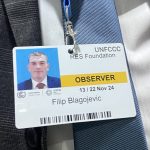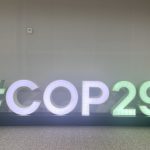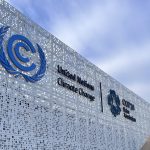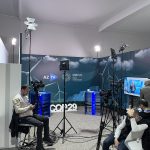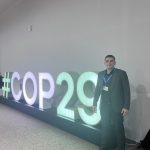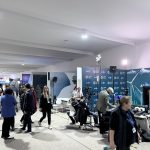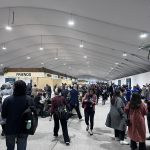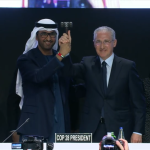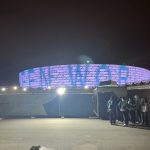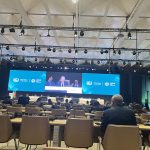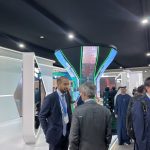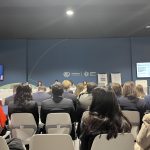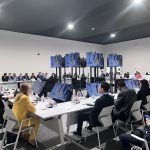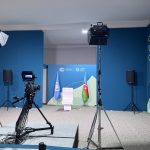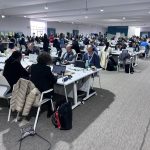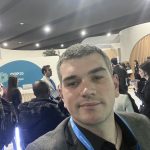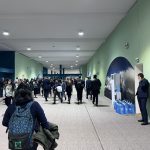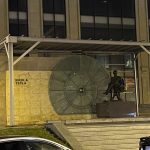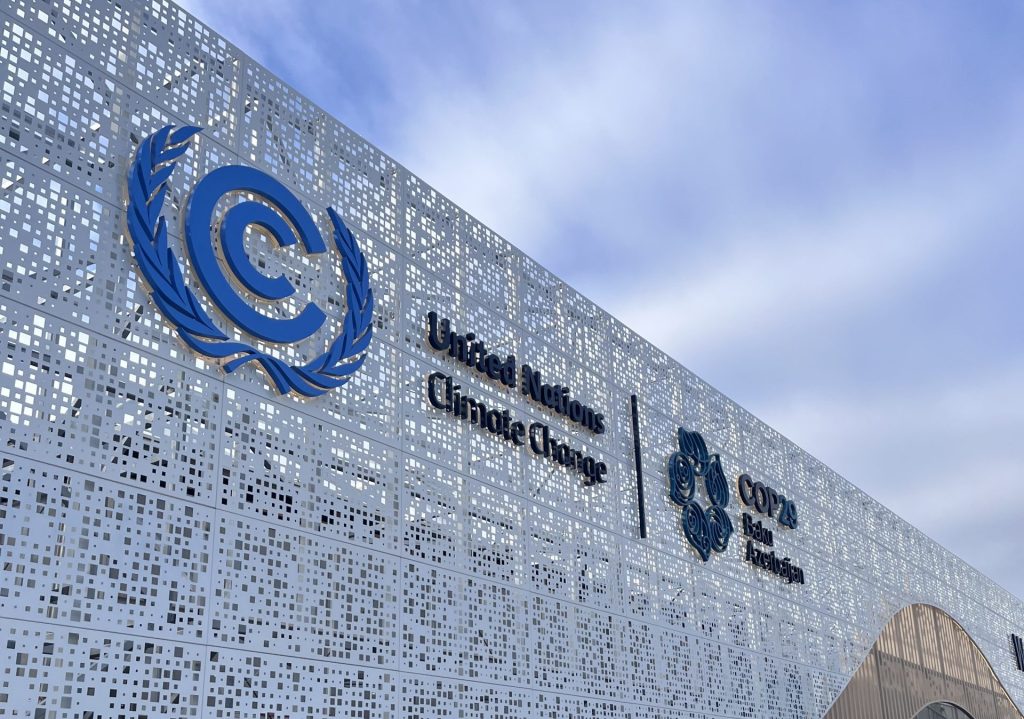
Report and photos: Filip Blagojević, youth delegate of RES Foundation in Baku
Just as every COP has its own president or host, this 29th COP got its own, Mukhtar Babayev, Minister of Ecology and Natural Resources of Azerbaijan, who officially took the ceremonial hammer and marked the beginning of the negotiations. These negotiations will be attended by over 65,000 delegates, composed not only of participating countries but also of international and national organizations as observers, consisting of representatives of the civil society, industry, financial institutions, local governments and communities around the world. This is how the RES Foundation sent its delegate to this year’s COP 29 in Baku. How to keep track of the COP in general, since it consists of dozens of small and large conference halls and rooms in which meetings and negotiations of member countries on various topics are held simultaneously? For one who likes these topics, tracking is really challenging, because everything is so close and yet so far, but you have to choose something.
Negotiations are divided by type into “High level” events and negotiations held in the main conference halls and rooms between the highest officials. Then there are main and secondary negotiations that take place in other rooms. Daily press conferences are also held at the COP, where there is a special wing in which there are improvised television studios of television stations from around the world to which the participants give daily interviews. Interviews are often given in the corridors, so the corridors are full of television crews who run after the officials, unable to catch them for a statement. The COP or the stadium itself is divided into zones: the main Blue zone, where the aforementioned meetings are held; Green zone where secondary events/lectures and presentations of other participants, delegations and companies are held; also at the COP itself there is a section with the stands of various exhibitors including companies and organizations from all over the world. Every day, a program is published with negotiations and presentations sorted by zone and by type of negotiation; you take the program and choose what to do. For “High level” negotiations, a special ticket is often needed, which are usually already distributed or quickly grabbed, but we managed to grab our ticket for some “High level” events. Thus, we were present at some of the introductory speeches and presentations at the opening of the COP, where international organizations gave their presentations, and we also participated in the negotiations on the preservation of water resources from the effects of climate change. There we heard and saw the importance of preserving the security of water supply as well as interstate cooperation between countries that share water resources, because according to the negotiators’ testimony, only 50 countries out of 150 of them that share their water resources with other countries were included in those negotiations. Of course, given the venue, this “High level” event was focused on the Caspian “sea”, whose water level has dropped, according to the participants, by 2.5 meters in the last 20 years. We also had the opportunity to see and participate in the speeches of the “High level champion”, a title and institution awarded by COP 21, which aims to bring together the work of states with other non-state organizations, the civil society, industry, business and others, with the aim of faster achievement of goals. We also participated in the negotiations of the financial committee of the COP, where we learned that more than 60% of all funding for the climate change combat goes through grants and that a mechanism is being established to remediate the damage from climate change, primarily to developing countries. But since finances are one of the main topics, we will write about that separately. In addition to the main treaties and agreements, “minor” agreements, decisions and contracts on other topics are adopted at the COP. Thus, the event we attended on reporting and methodology when it comes to greenhouse gas emissions resulted in a proposal to agree on a more precise and transparent reporting methodology for countries.
After walking over 20,000 steps and 17 kilometers on the first day of COP, going from negotiation to negotiation, we can say that we haven’t even scratched the beginning of what COP offers, we didn’t even manage to go around the entire stadium. However, a special impression was left by one place, which we will write about separately, and that is the zone with the participants’ pavilions, where the participating countries and organizations have their own “stands” of different sizes and appearances with different contents, so it is possible to try sweets from Morocco or keep in with the hands of a micro-satellite from Japan. We will convey our impressions about this in a new post.

